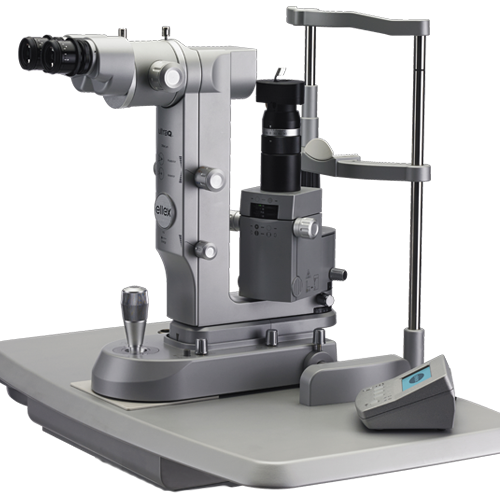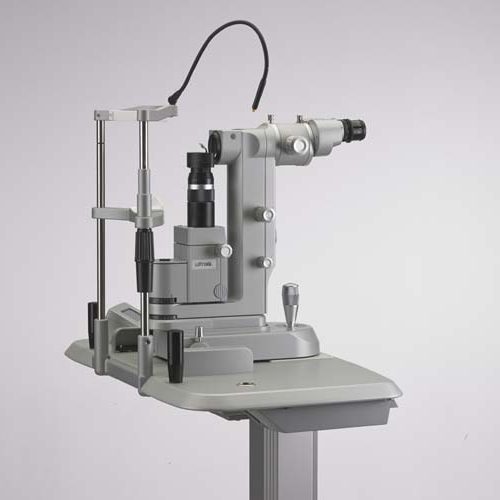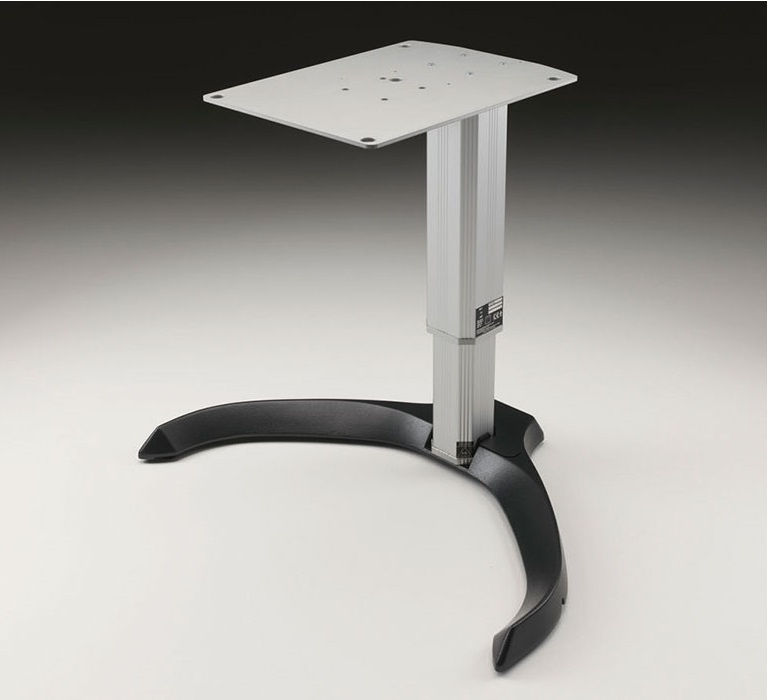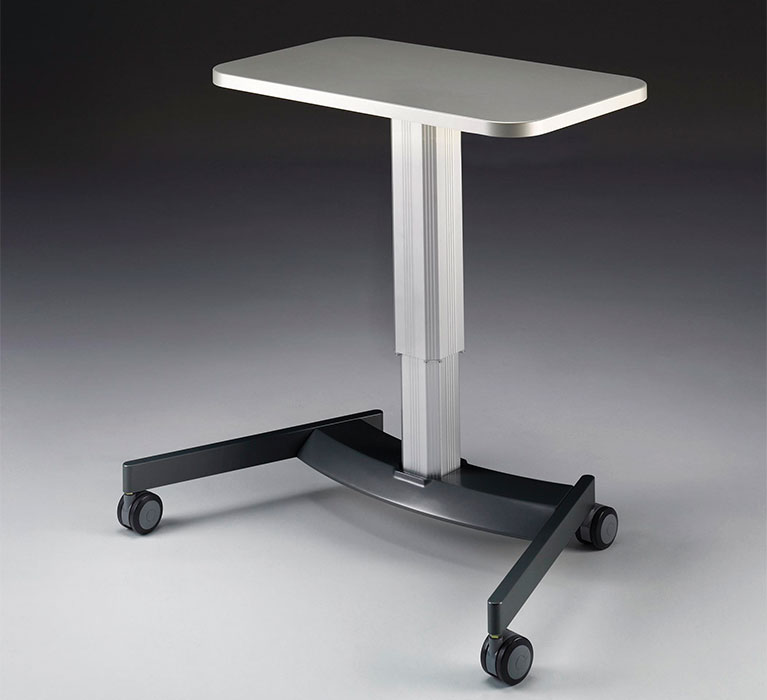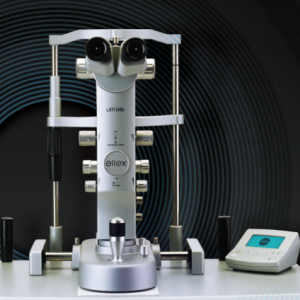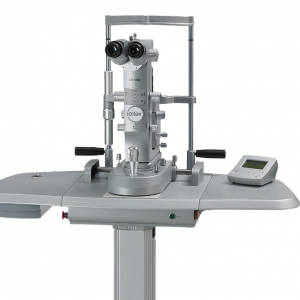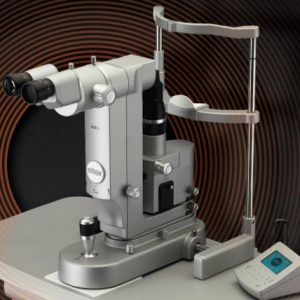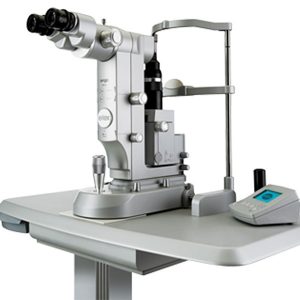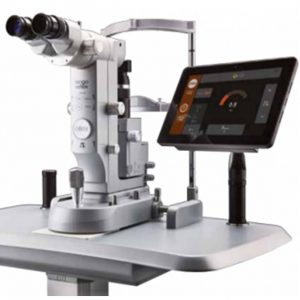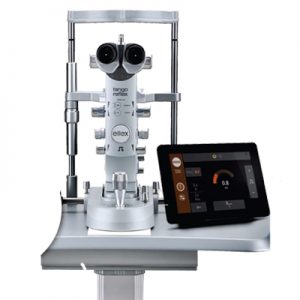Optimized for Posterior YAG Laser Treatments
Ultra Q Reflex’s proprietary slit lamp illumination tower design converges the operator’s vision, the target illumination and the treatment beam onto the same optical path, and focuses them to the same optical plane – minimizing the potential for focusing errors and the risk of damage to the natural lens or the retina. This makes Ultra Q Reflex™ ideal for targeting vitreous strands and opacities.
Optimized for Anterior YAG Laser Treatments
Featuring Ellex’s proprietary Ultra Gaussian spot profile and fast rise time, with Ultra Q Reflex™ you can perform capsulotomy and iridotomy procedures at lower, more efficient power levels – and with a reduced risk of side effects such as lens pitting, retinal thickening, increased IOP or collateral damage to surrounding structures.
Vitreolysis. Redefining Convention.
Symptomatic floaters may not be sight threatening, but patients who suffer from them often feel inflicted with the same degree of emotional burden as if they had AMD (1). With laser vitreolysis you can offer these patients a highly effective outpatient-based treatment, which can provide much needed relief from their floaters and potentiall obviate, or at the least delay, the need for invasive surgery.
The technique of using YAG lasers to treat floaters dates back to the eighties, when Professor Aron Rosa (Paris, France) and Professor Franz Fankhauser (Berne, Switzerland), pioneers in the use of YAG lasers, both published on their success with laser vitreolysis. Over time, YAG lasers were viewed as commodity items and designed predominantly for disrupting posterior capsules and for performing iridotomies. These conventional YAG lasers provided a limited view of the vitreous, which made it difficult for physicians to identify the targeted membranes and opacities in the posterior segment. They also required a higher level of energy in order to achieve optical breakdown, which carried a significant risk of damage to surrounding ocular tissue. As a result, very few physicians continued the use of YAG lasers to perform laser vitreolysis.
 The new Ultra Q Reflex™ is the only YAG laser designed to perform both anterior and posterior YAG treatments – and is ideally suited for the treatment of vitreous strands and opacities.
The new Ultra Q Reflex™ is the only YAG laser designed to perform both anterior and posterior YAG treatments – and is ideally suited for the treatment of vitreous strands and opacities.
